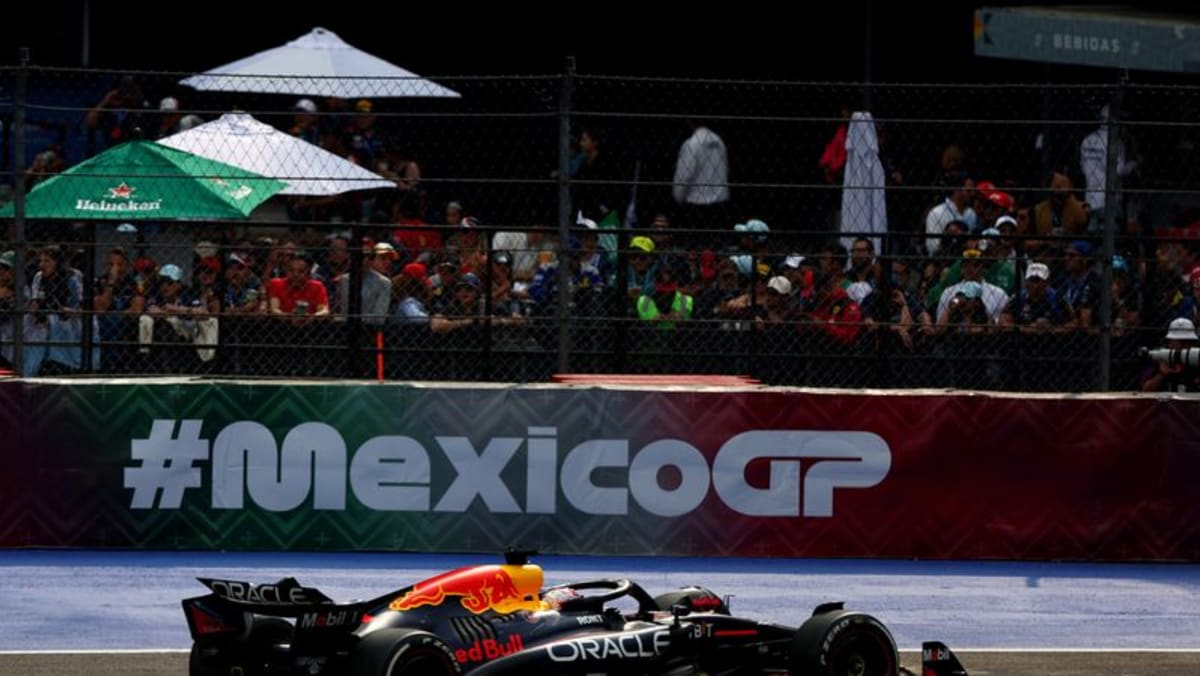Mexico City will stay on the Formula One calendar through 2028 after the sport announced a three-year contract extension on Wednesday.
Mexico currently has no active Formula One driver but Sergio Perez, who raced for Red Bull until the end of last year, has been linked to a comeback with the new Cadillac team due to debut in 2026.
The news was expected after Mexico City’s head of government Clara Brugada said a contract would be signed ahead of this week’s Miami Grand Prix.
This year’s race at the Autodromo Hermanos Rodriguez is scheduled for October 26, the weekend after the U.S. Grand Prix in Austin, Texas.
Mexico City returned to the calendar in 2015 and last year’s event drew an official weekend crowd of 405,000 with 154,142 on the Sunday.
“Formula One is energy, passion and emotion, and every year the unique atmosphere created by our fans in Mexico City is one of the most incredible and energetic experiences of our championship,” said Formula One CEO Stefano Domenicali.













